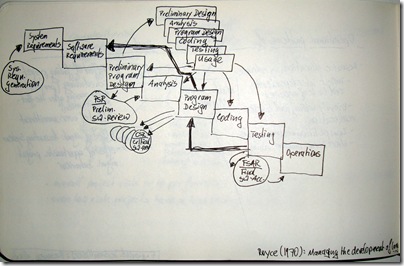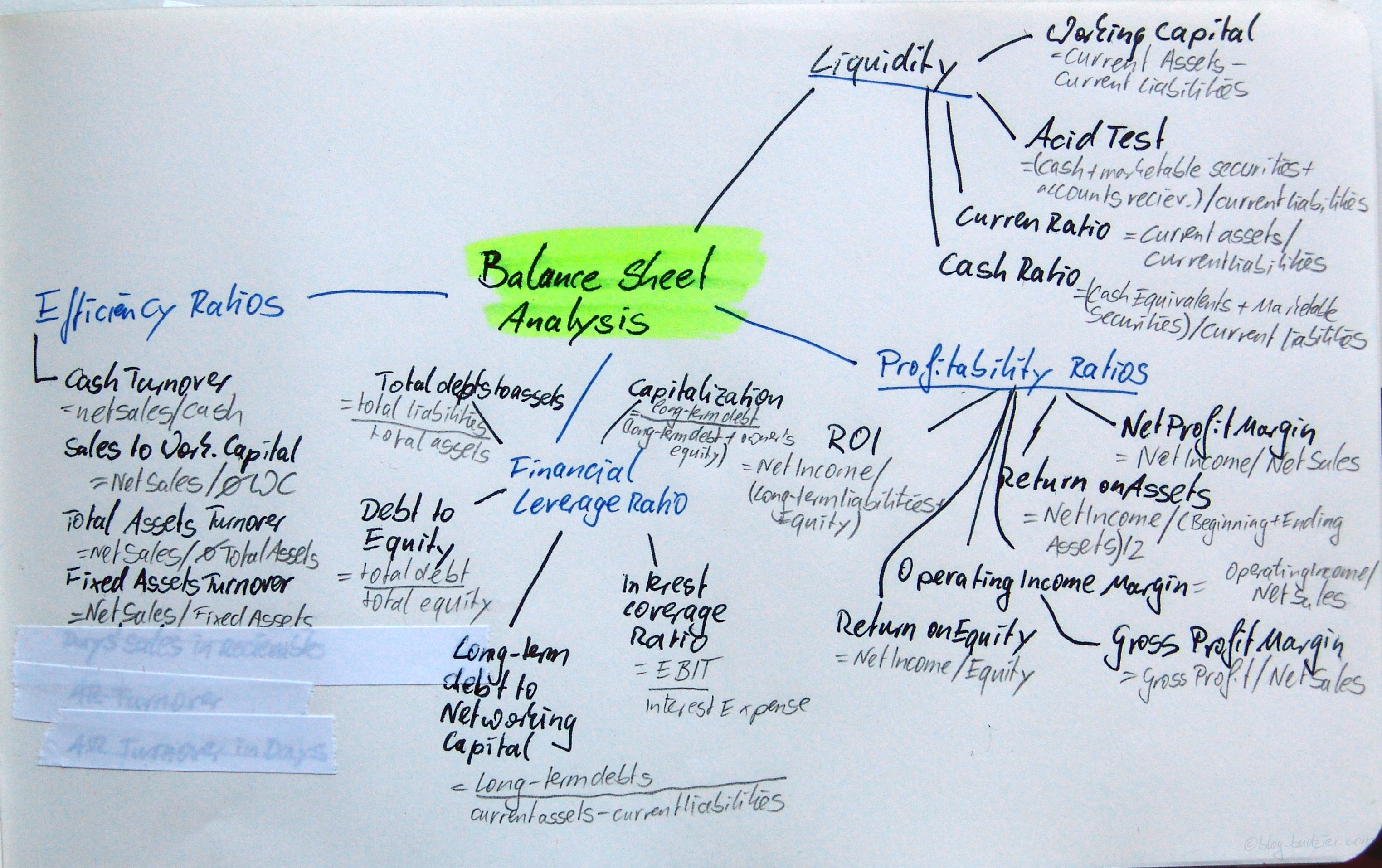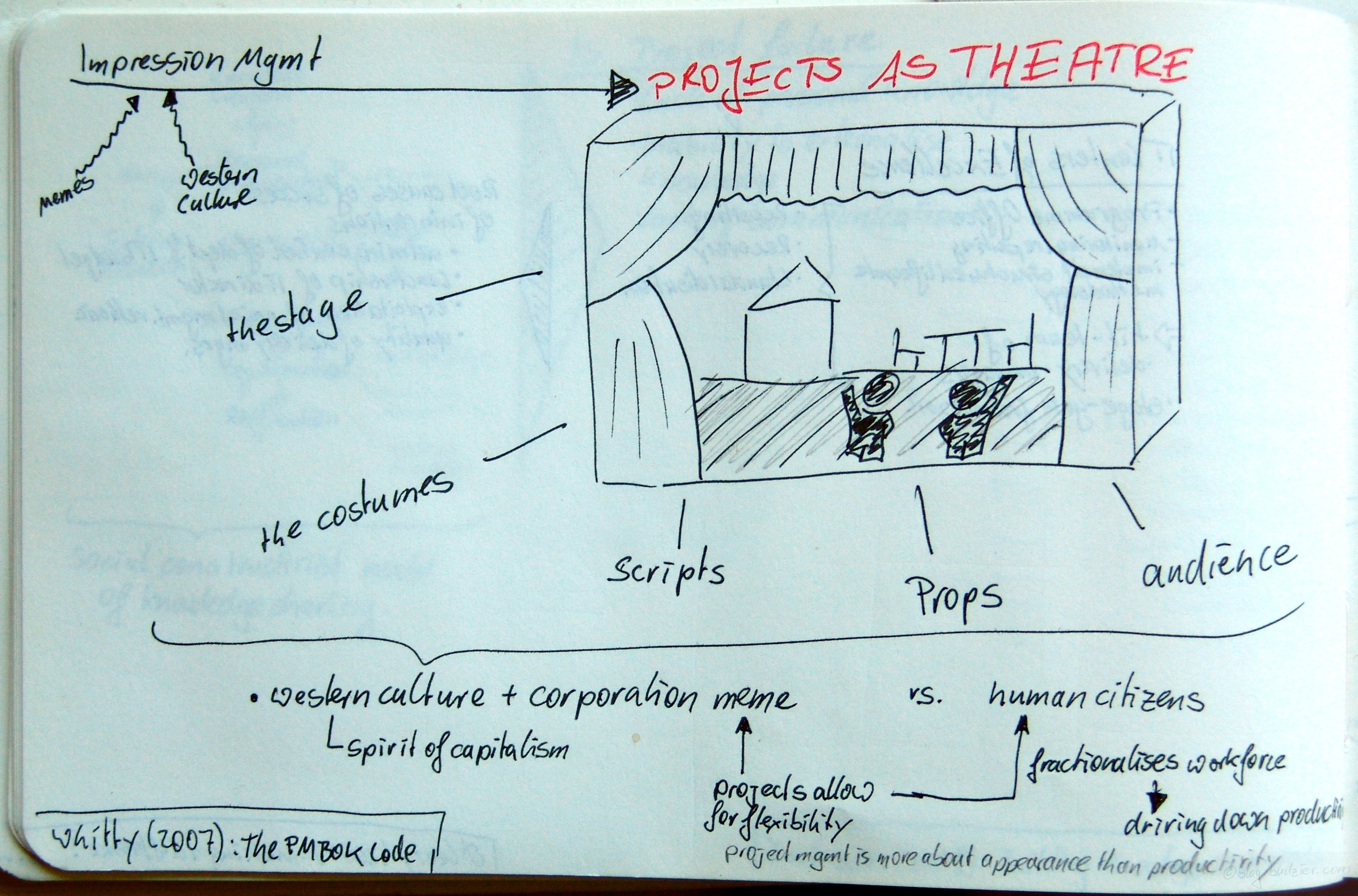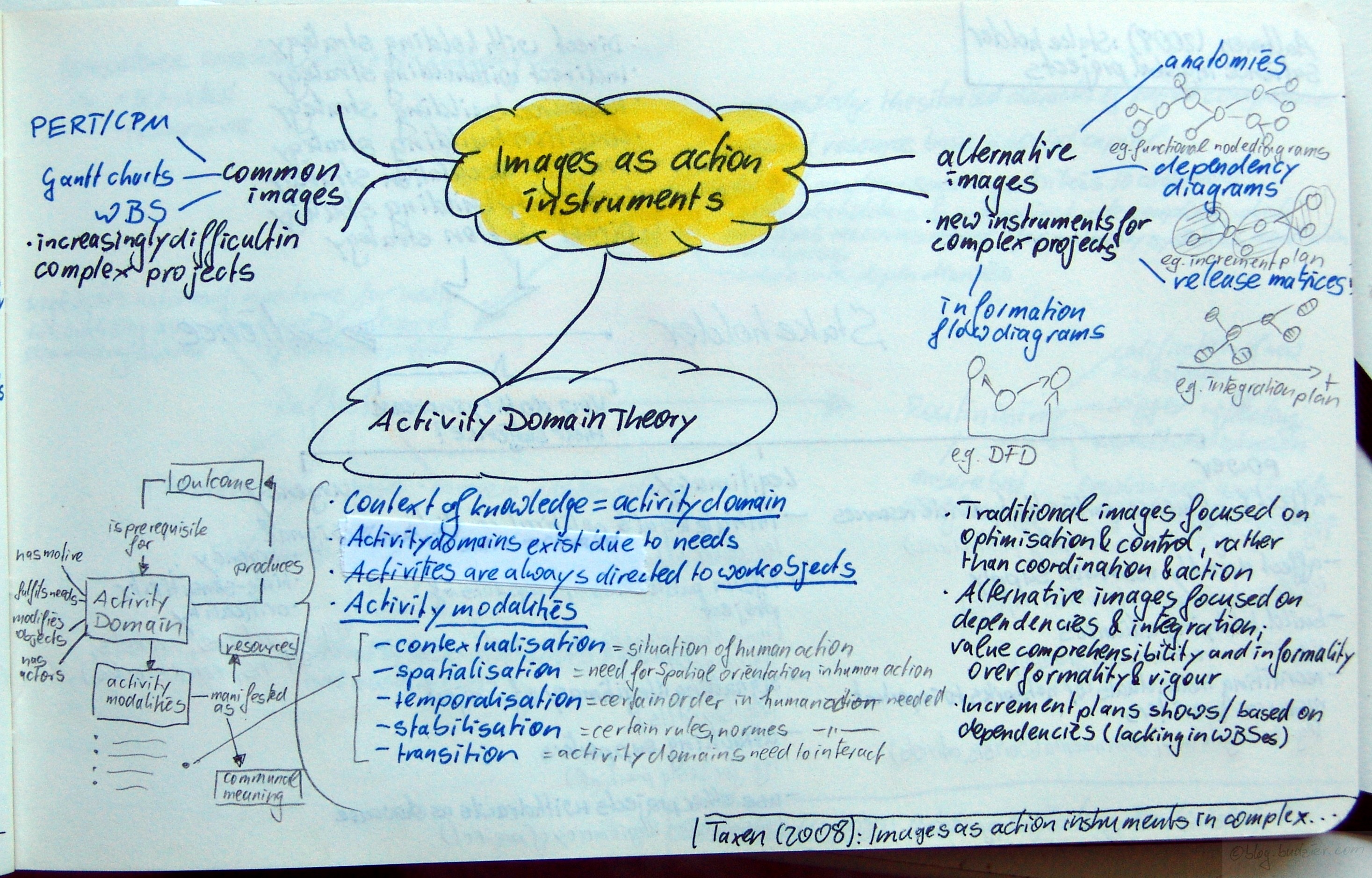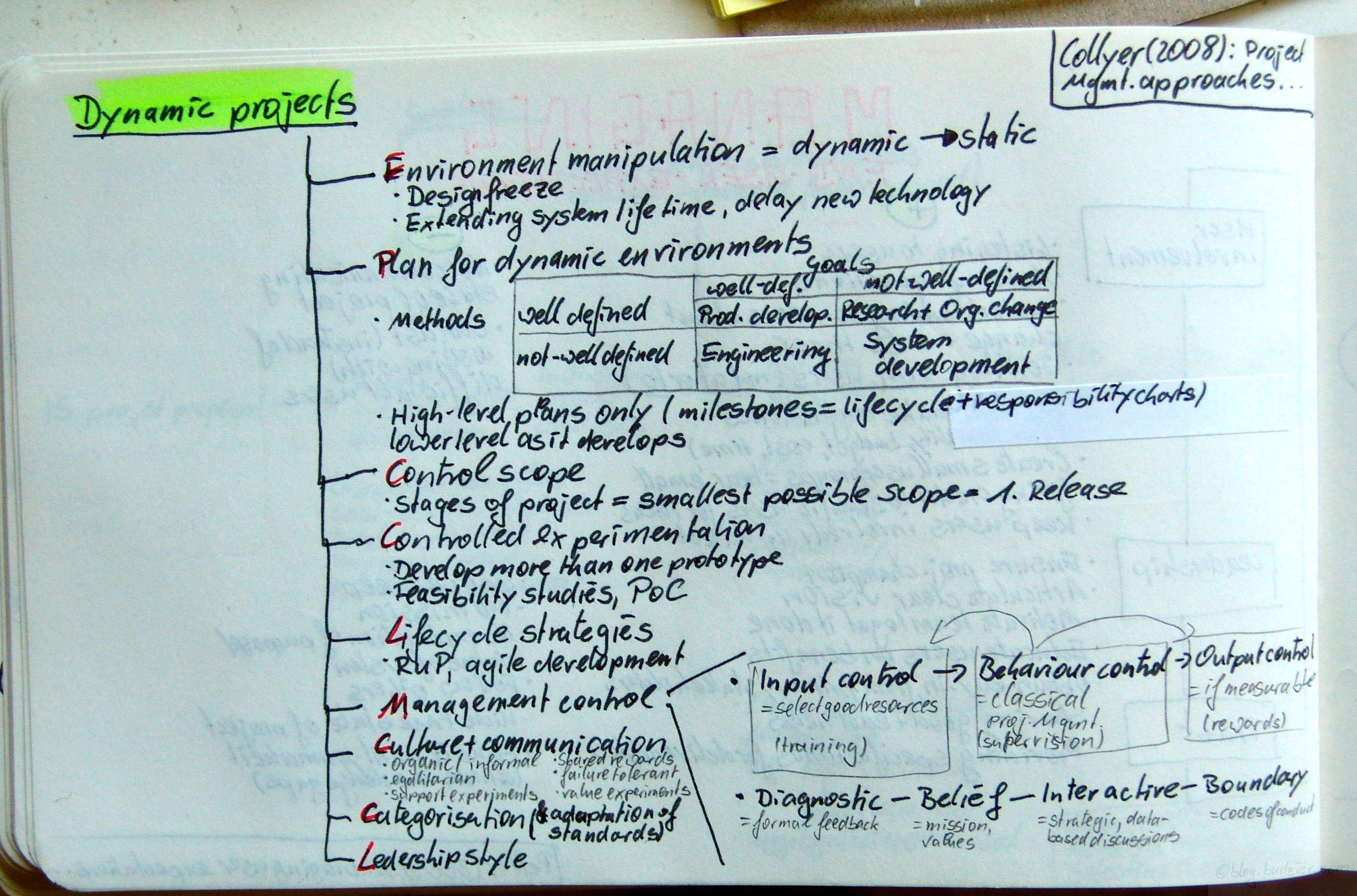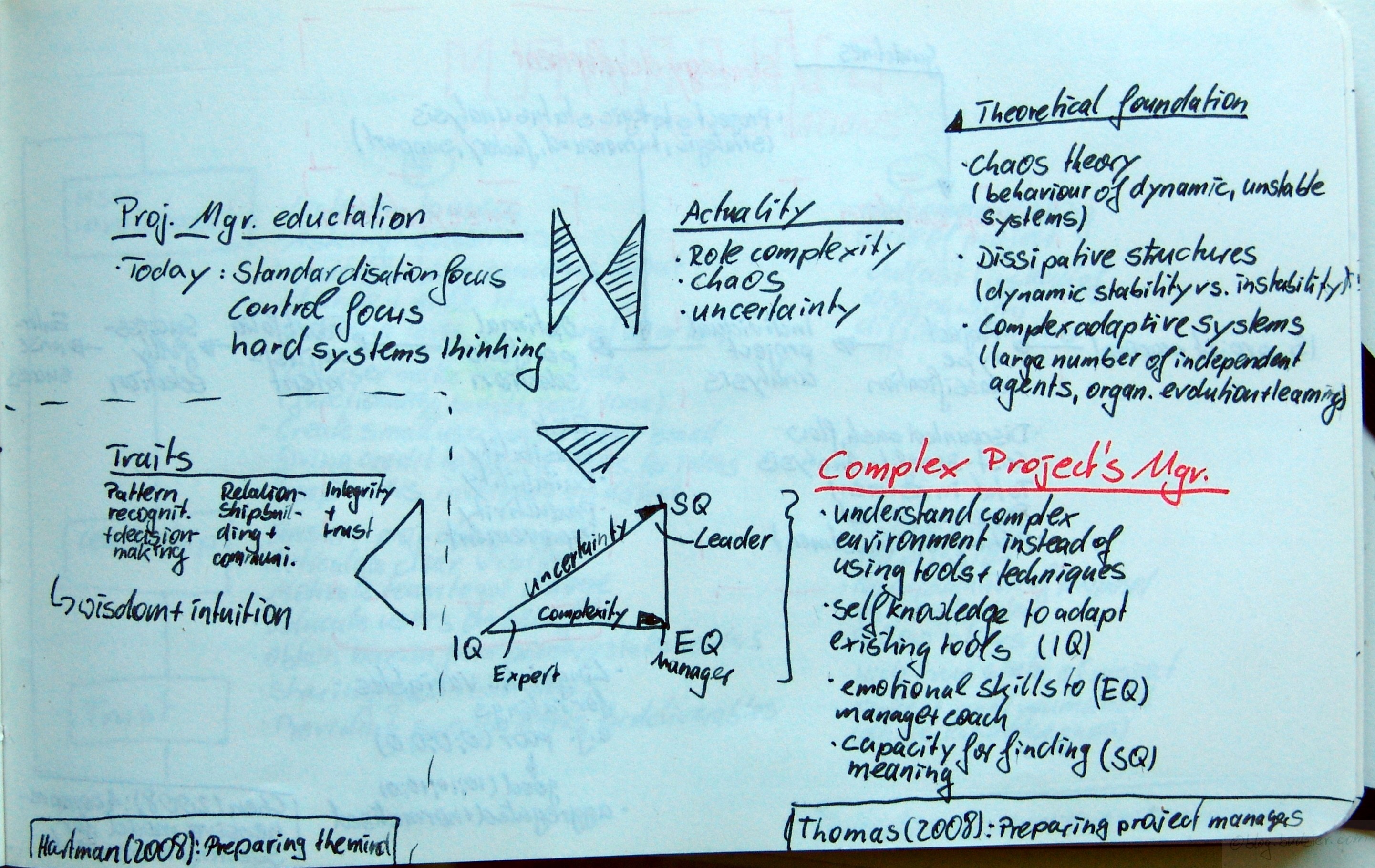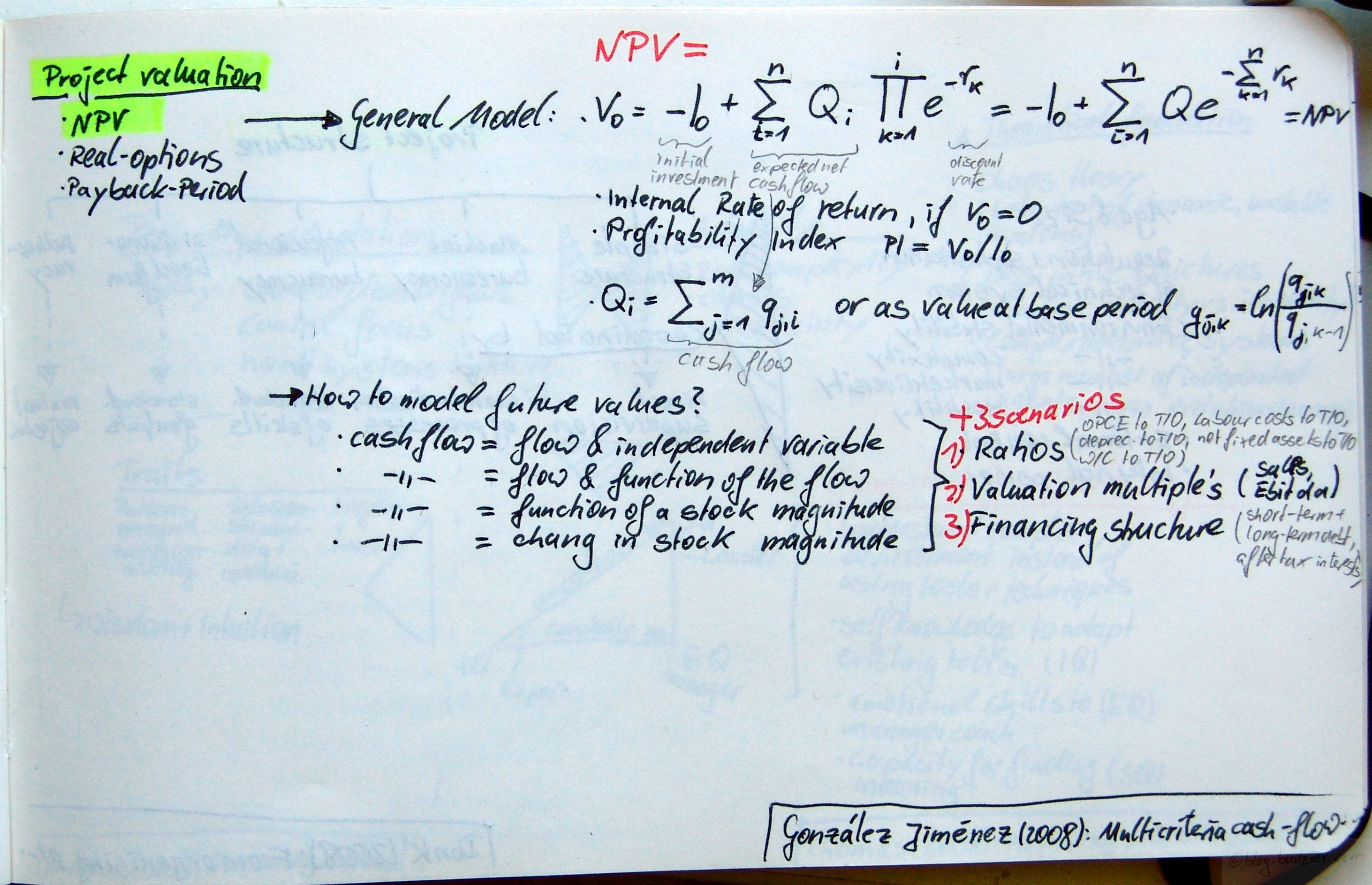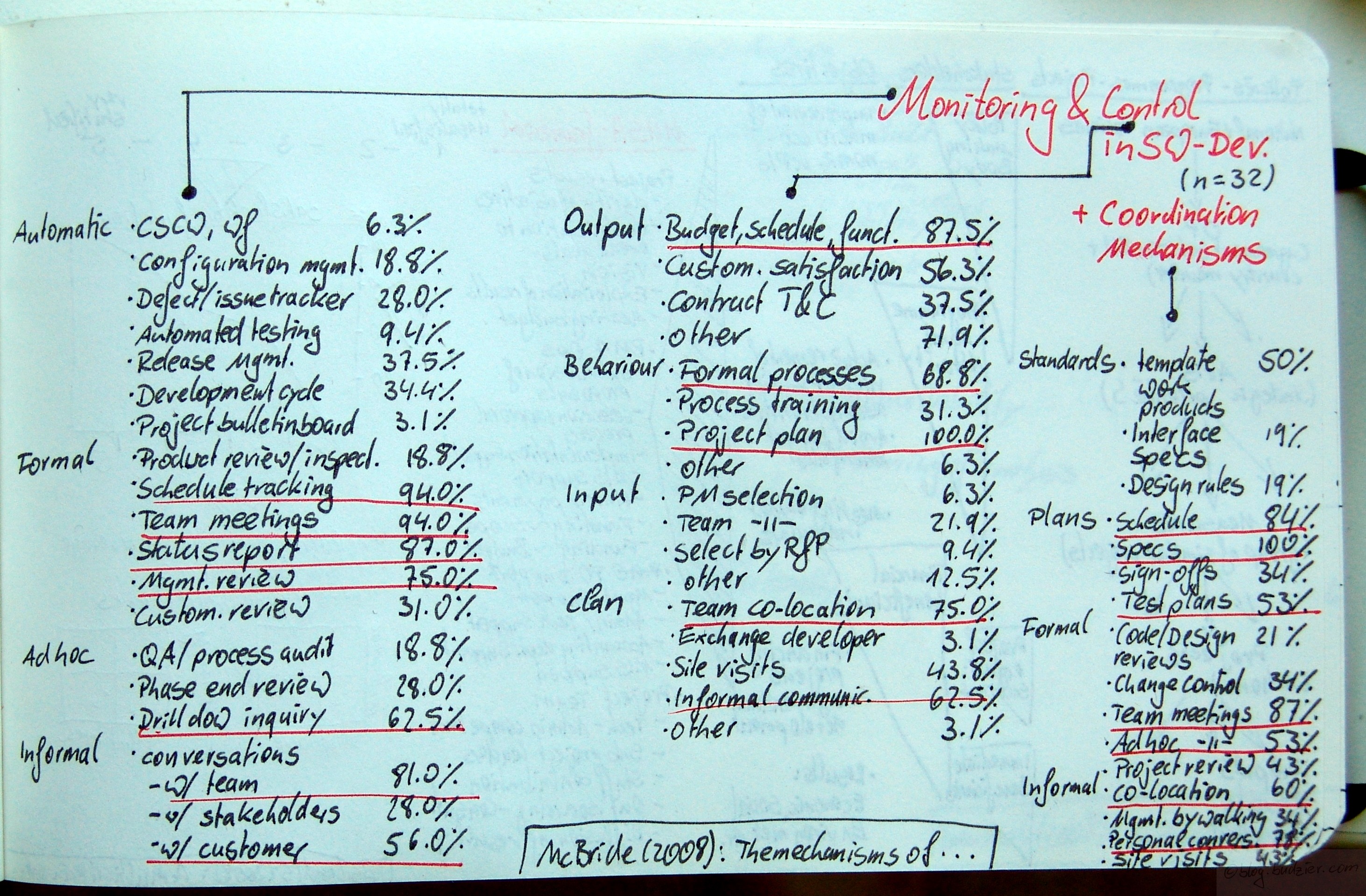Royce, W. Winston: Managing the development of large software systems; in: Proceedings of IEEE Wescon (1970), pp. 382-338.
http://leadinganswers.typepad.com/leading_answers/files/original_waterfall_paper_winston_royce.pdf
It’s never to late to start reading a classic. This is one for sure. The original paper which proposes the waterfall software development model. This is now extremely common place – but and that is what stroke me odd as well, the model shows a huge number of feedback loops which typically are omitted.
The steps of the original waterfall are as follows
- System Requirements
- Software Requirements
- Preliminary Program Design which includes the preliminary software review
- Analysis
- Program Design which includes several critical software reviews
- Coding
- Testing which includes the final software review
- Operations
Among the interesting loops in this model is the big feedback from testing into program design and from program design into software requirements. By no means can is this model what we commonly assume to be a waterfall process – there are no frozen requirements, no clear cut steps without any looking back. This is much more RUP or AGILE or whatever you want to call it than the waterfall model I have in my head.
